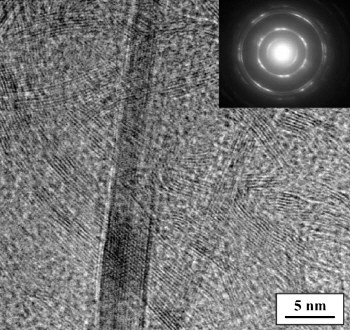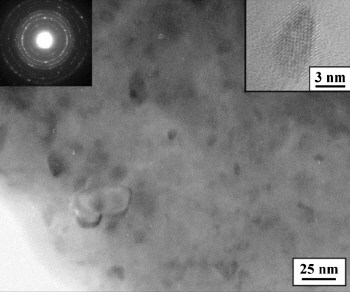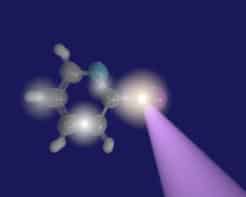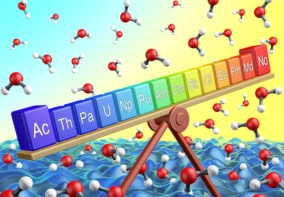What happens when you fire a beam of fast-moving heavy ions into a solid at extremely high pressures? According to a novel experiment at the GSI laboratory in Darmstadt, Germany, you can induce drastic structural changes in the material that are not possible by applying just high pressure or heavy ions on their own (Phys. Rev. Lett. 96 195701).
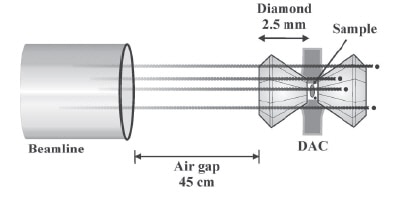
Scientists routinely carry out experiments on materials subject to high pressure and high temperature to mimic the conditions inside the Earth. Nuclear physicists, meanwhile, regularly study what happens to materials that are bombarded by fast-moving, highly energetic heavy ions. Now, however, a team of physicists and geoscientists has studied how materials behave when they are exposed to heavy ions and extremely high pressures at the same time.
The experiment involved firing heavy ions of uranium or gold from the GSI’s synchrotron at synthetic crystalline graphite and natural single crystals of zircon. The team chose to study zircon because it is an important component of the Earth’s crust and mantle. Moreover, the effects of radiation damage to graphite and zircon are interesting because graphite is used in nuclear power plants and zircon could be used to store nuclear waste.
Using a common piece of kit from high-pressure physics called a “diamond anvil cell”, the researchers squeezed the graphite and zircon samples to pressures of as high as 14 GPa — or 140, 000 atmospheres(figure 1). They then bombarded the sample in the cell for a few seconds with a beam of uranium or gold ions that had been accelerated to 80% the speed of light (up to 70 GeV energies). The beam did not heat up the sample, which remained at room temperature.
Images taken with an electron microscope of graphite samples that had been irradiated at pressures of 8 and 12 GPa with uranium or gold ions did not reveal any individual ion tracks, but showed that the material had been almost completely transformed into an amorphous solid, interfused by recrystallised graphite bands (figure 2). In contrast, samples that had been exposed to ion beams with no pressure were found to have typical ion tracks embedded in the crystalline matrix.
Raman spectroscopy of the zircon sample irradiated with uranium ions also showed similar novel effects: it decomposed into nanometre-sized crystals and was transformed into its high-pressure phase — known as reidite — at pressures of 14 GPa (figure 3). The finding was unexpected because this transition normally occurs (in the absence of ion beams) at much higher pressures of 20 GPa or above.
The team says the observed formation of reidite may shed new light on the effects of radioactive decay in uranium- and thorium-containing minerals in the high-pressure environment of the Earth’s crust and mantle. Their technique could also be used to make novel metastable phases in solids that are not accessible with existing techniques.
